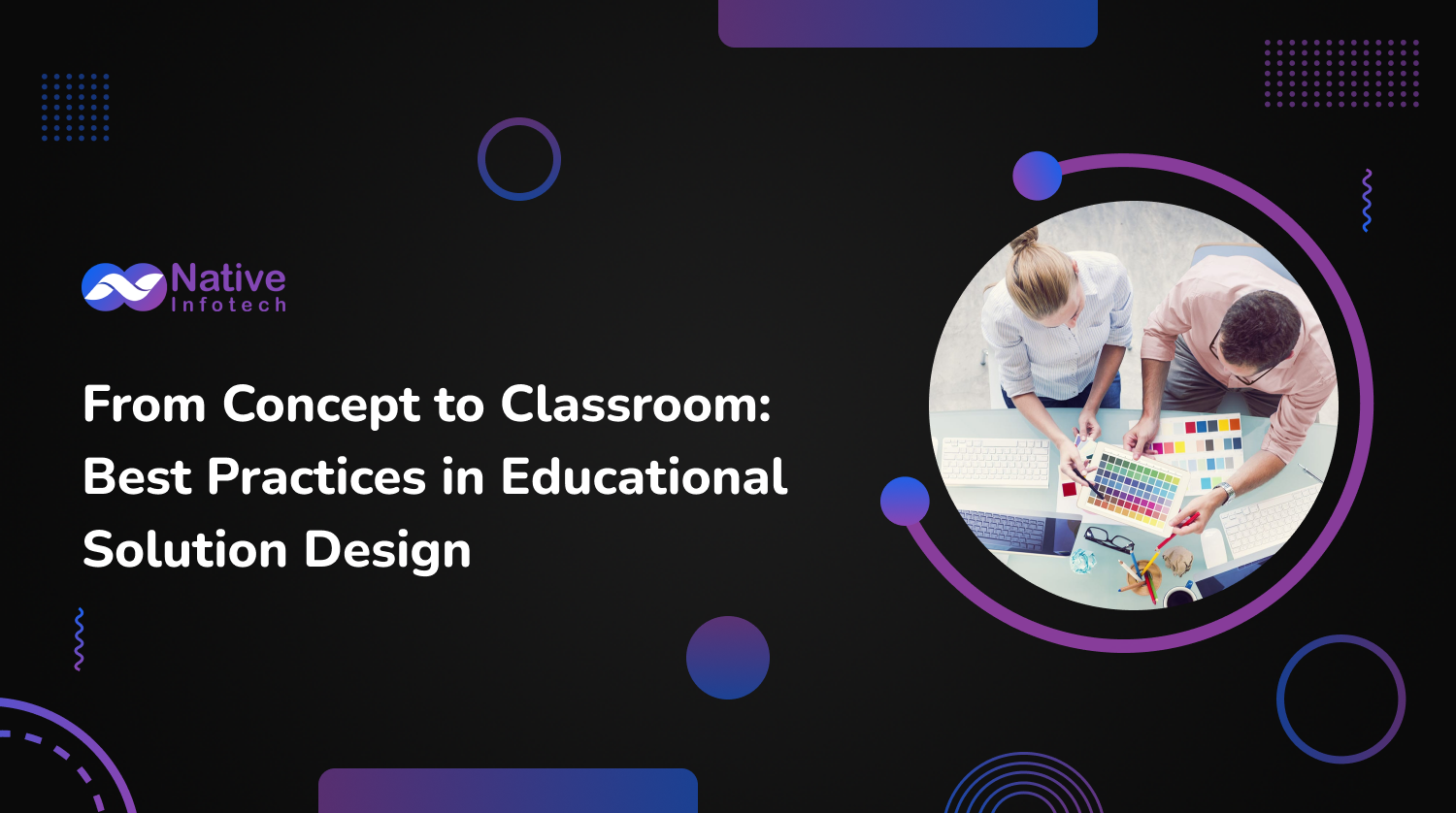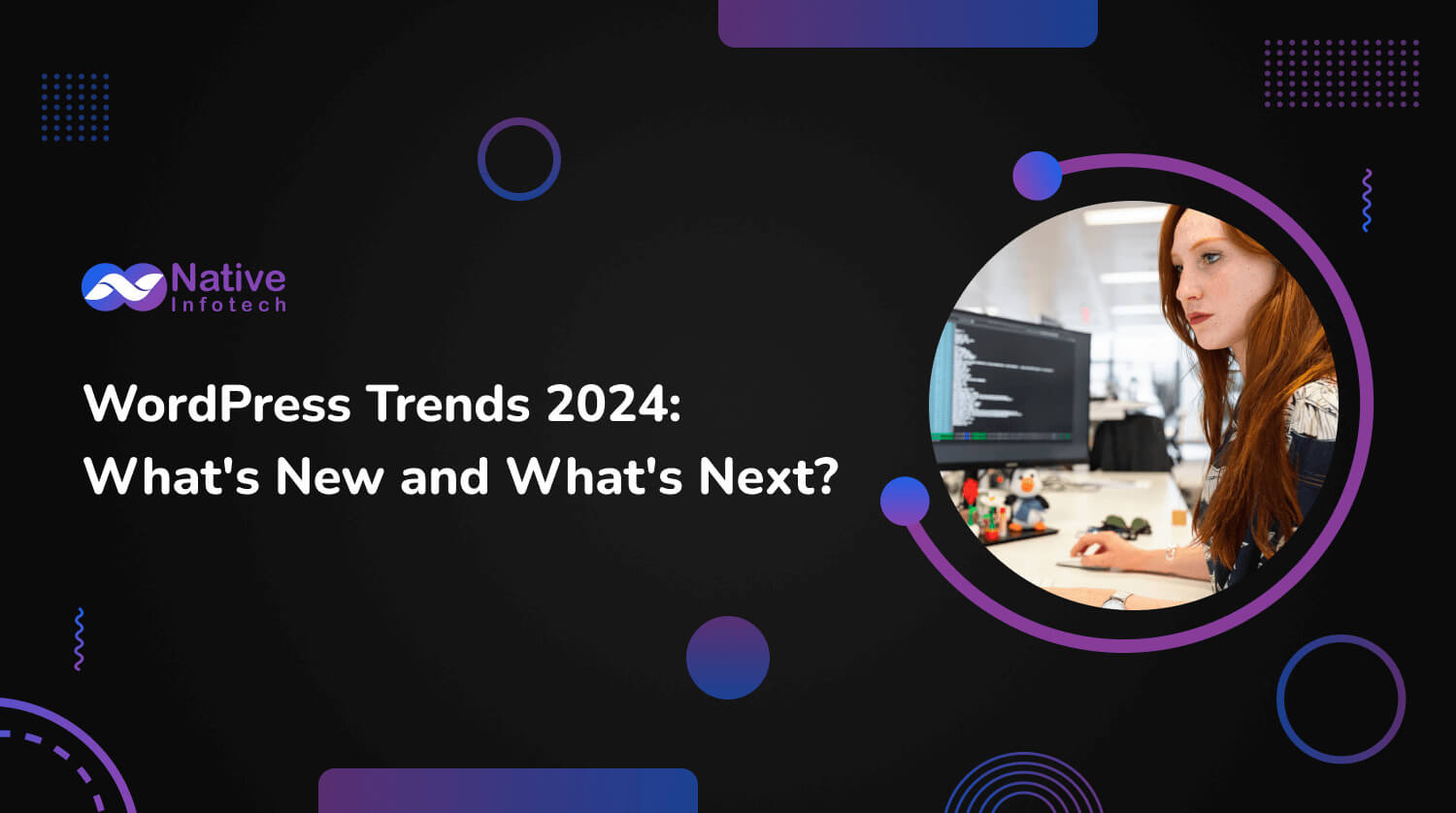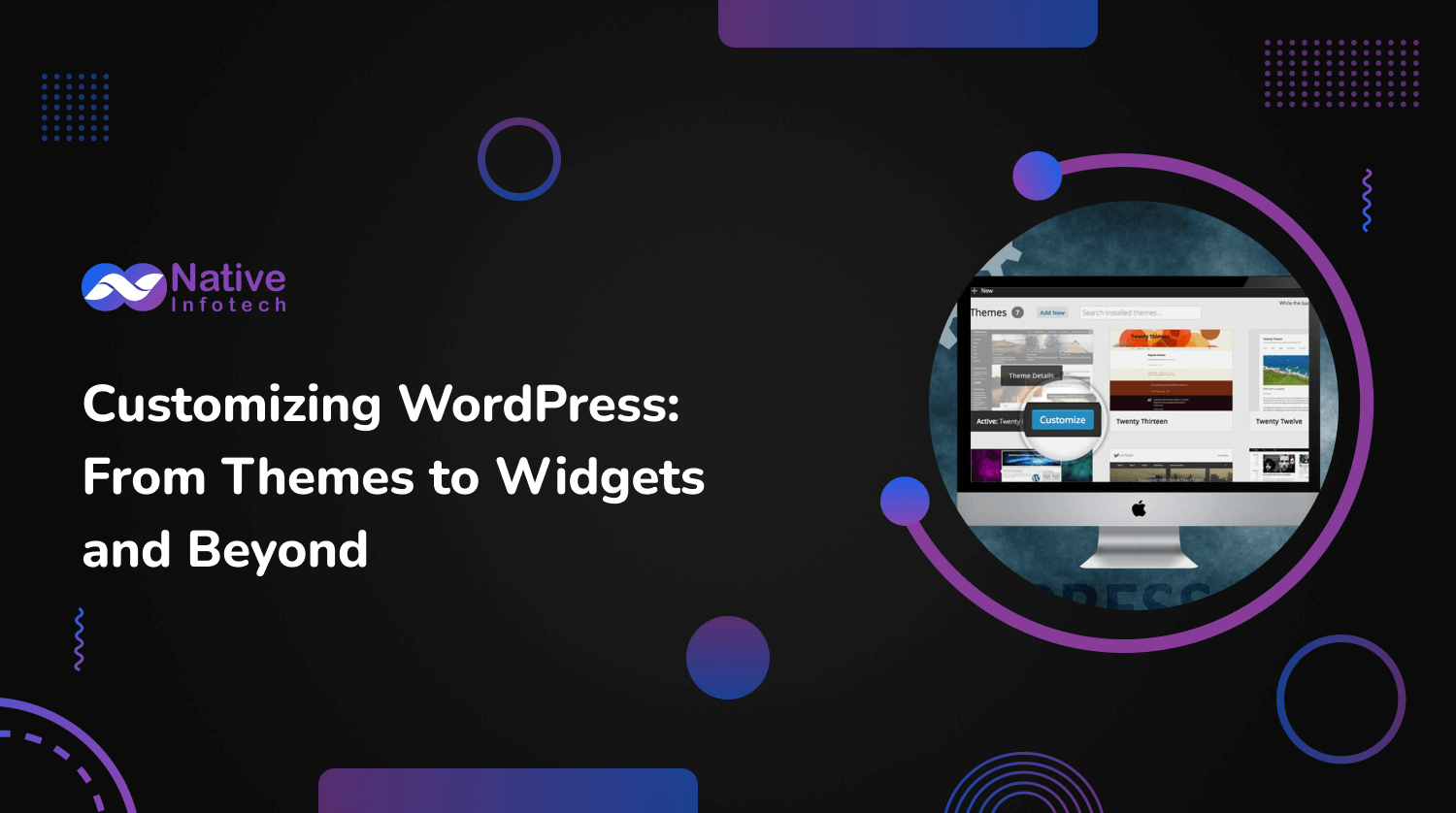
In today’s world, creating educational tools that are both effective and inclusive is very important. Whether it’s a digital learning platform, a curriculum, or a teaching resource, making sure it’s helpful in the classroom requires following some key design principles. This article looks at the best ways to design educational solutions, providing useful advice for teachers, instructional designers, and creators of educational technology.
Table of Contents
- Understanding Educational Solution Design
- Aligning Solutions with Educational Goals
- Incorporating Universal Design for Learning (UDL)
- Leveraging Technology to Enhance Learning
- Designing for Student Engagement
- Building Culturally Responsive Educational Solutions
- Developing Scalable and Sustainable Solutions
- Collaborative Design Approaches
- Integrating Assessment into Solution Design
- Iterative Design: Prototyping and Testing
- Conclusion
Understanding Educational Solution Design
Educational solution design means creating learning tools, services, or strategies that meet specific educational needs. This involves setting goals, finding out who the learners are, and choosing the right teaching methods. The main aim is to create solutions that help students, support teachers, and improve learning results.
Needs Analysis: Understanding the challenges faced by learners and educators.
Instructional Strategies: Choosing the most effective teaching methodologies.
Content Creation: Developing relevant and accurate educational content.
Assessment Strategies: Implementing assessments to measure learning progress.
Aligning Solutions with Educational Goals
Every educational solution needs to have clear goals. Whether it’s to improve reading skills, encourage critical thinking, or offer professional training, having clear goals guides the entire design process.
Best practices include:
SMART Objectives: Specific, Measurable, Achievable, Relevant, and Time-bound objectives.
Stakeholder Engagement: Involving educators, administrators, and learners in goal-setting.
Curriculum Mapping: Ensuring solutions align with curriculum standards and requirements.
Incorporating Universal Design for Learning (UDL)
Universal Design for Learning (UDL) is a framework that emphasizes the creation of inclusive educational solutions by providing multiple means of representation, expression, and engagement.
Key UDL principles:
- Multiple Means of Representation: Present information in various ways (e.g., text, audio, visuals).
- Multiple Means of Action and Expression: Allow learners to express their understanding through different modalities (e.g., writing, speaking, drawing).
- Multiple Means of Engagement: Motivate students using varied approaches (e.g., gamification, collaborative projects).
Implementation Tips:
Incorporate multimedia resources like videos and interactive diagrams.
Offer adaptive assessments that cater to diverse learner needs.
Utilize assistive technologies such as screen readers and text-to-speech software.
Leveraging Technology to Improve Learning
Educational technology (EdTech) has changed learning by offering new ways to access, interact with, and evaluate educational content. Using technology wisely can greatly improve the learning experience.
Technological Approaches:
- Learning Management Systems (LMS): Streamline content delivery, communication, and assessment.
- Gamification: Boost engagement through game-like features such as leaderboards and rewards.
- Virtual Reality (VR) and Augmented Reality (AR): Create immersive learning experiences.
- Artificial Intelligence (AI): Offer personalized recommendations and automated grading.
Best Practices:
- Ensure technology enhances, not replaces, traditional pedagogies.
- Provide adequate training for educators to use new tools effectively.
- Regularly update and maintain technological solutions for security and efficiency.
Designing for Student Engagement
Student engagement is a critical factor influencing educational outcomes. Solutions designed with engagement in mind can help maintain motivation and foster deeper learning.
Engagement Strategies:
- Active Learning: Incorporate activities like group discussions, problem-solving tasks, and hands-on experiments.
- Gamified Learning: Use challenges, rewards, and competition to encourage participation.
- Flipped Classroom: Encourage students to explore content independently and use class time for collaborative projects.
- Feedback Loops: Provide timely and constructive feedback to guide learning progress.
Design Tips:
- Create bite-sized content that is easily digestible.
- Use visual storytelling to convey concepts engagingly.
- Include interactive elements like quizzes, polls, and interactive diagrams.
Building Culturally Responsive Educational Solutions
Culturally responsive educational solutions recognize and respect the diverse backgrounds of learners. Such solutions foster an inclusive environment where every student feels represented and valued.
Principles of Culturally Responsive Design:
- Representation: Include diverse characters, perspectives, and examples in content.
- Contextualization: Relate learning to students’ real-world experiences and cultural backgrounds.
- Language Accessibility: Offer content in multiple languages or provide translation tools.
- Cultural Sensitivity: Avoid stereotypes and be sensitive to cultural nuances.
Implementation Tips:
- Involve diverse voices in the design and review process.
- Conduct regular cultural audits to identify and address gaps in representation.
- Develop multilingual resources or partnerships with translation services.
Developing Scalable and Sustainable Solutions
To maximize impact, educational solutions must be scalable (expandable across various contexts) and sustainable (capable of long-term operation).
Strategies for Scalability:
- Modular Design: Create solutions that can be adapted to different educational levels or regions.
- Open Educational Resources (OER): Utilize open licenses to encourage sharing and modification.
- Partnerships: Collaborate with organizations that can help expand the solution’s reach.
Strategies for Sustainability:
- Business Models: Consider subscription-based models, sponsorships, or grants for funding.
- Maintenance and Updates: Allocate resources for continuous improvement and content updates.
- Community Engagement: Foster a community of educators and learners to sustain interest and adoption.
Collaborative Design Approaches
Collaboration between educators, designers, and other stakeholders leads to more comprehensive and effective solutions.
Collaborative Design Practices:
- Co-Design Workshops: Involve educators and students in brainstorming and prototyping.
- Feedback Cycles: Regularly seek input from target users to refine the solution.
- Multidisciplinary Teams: Assemble teams with diverse skills in pedagogy, technology, and design.
Implementation Tips:
- Use collaborative tools like online whiteboards and project management platforms.
- Document and Share Insights throughout the design process to build institutional knowledge.
Integrating Assessment into Solution Design
Assessment is integral to measuring the success of educational solutions and identifying areas for improvement.
Assessment Strategies:
- Formative Assessments: Regular, low-stakes assessments to monitor progress (e.g., quizzes, polls).
- Summative Assessments: Comprehensive evaluations to measure mastery (e.g., final exams, projects).
- Diagnostic Assessments: Identify learners’ strengths and weaknesses before starting a course.
- Adaptive Assessments: Tailor questions to students’ proficiency levels.
Design Tips:
- Incorporate feedback mechanisms to guide student learning.
- Use data analytics to gain insights into assessment results.
- Ensure assessments are aligned with learning objectives.
Iterative Design: Prototyping and Testing
Iterative design involves continuous improvement through prototyping, testing, and refinement.
Prototyping and Testing Process:
- Ideation: Generate and brainstorm solution concepts.
- Prototyping: Create low-fidelity prototypes (e.g., sketches, wireframes) and high-fidelity prototypes (e.g., functional models).
- Testing: Gather user feedback through surveys, usability testing, and focus groups.
- Refinement: Modify the solution based on feedback and repeat the process.
Best Practices:
- Begin with paper prototypes to quickly visualize and test ideas.
- Conduct A/B testing to compare different design elements.
- Document findings from each iteration for future reference.
Conclusion
Educational solution design is a dynamic process that requires aligning with educational goals, embracing inclusivity through UDL and culturally responsive practices, and leveraging technology effectively. Collaboration, assessment integration, and iterative refinement further enhance the impact of these solutions. By following the best practices outlined in this article, educators, instructional designers, and edtech innovators can create transformative solutions that empower learners and support educators across diverse educational landscapes.
Exploring the Future: 5 Big Changes Coming to Computers in 2024 and How to Get Ready
Are you ready to dive into the future of computing? The year 2024 promises to be an exciting time for technological advancements, with significant changes expected to revolutionize the way we interact with computers. From quantum computing to augmented reality, here are five big changes coming to computers in 2024 and how you can prepare…
WordPress Trends 2024: What’s New and What’s Next?
As we get closer to 2024, WordPress remains a top choice for creating websites, running a large part of the internet. It keeps changing and growing, making it important for developers, marketers, and business owners to keep up with the new trends. This article looks at the upcoming trends for WordPress in 2024, giving tips…


